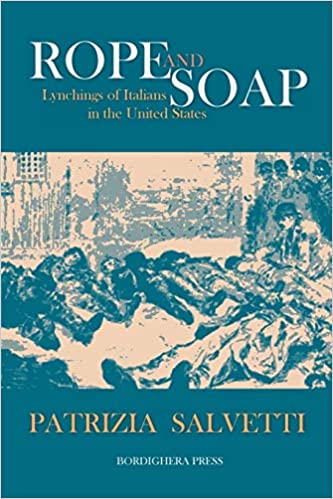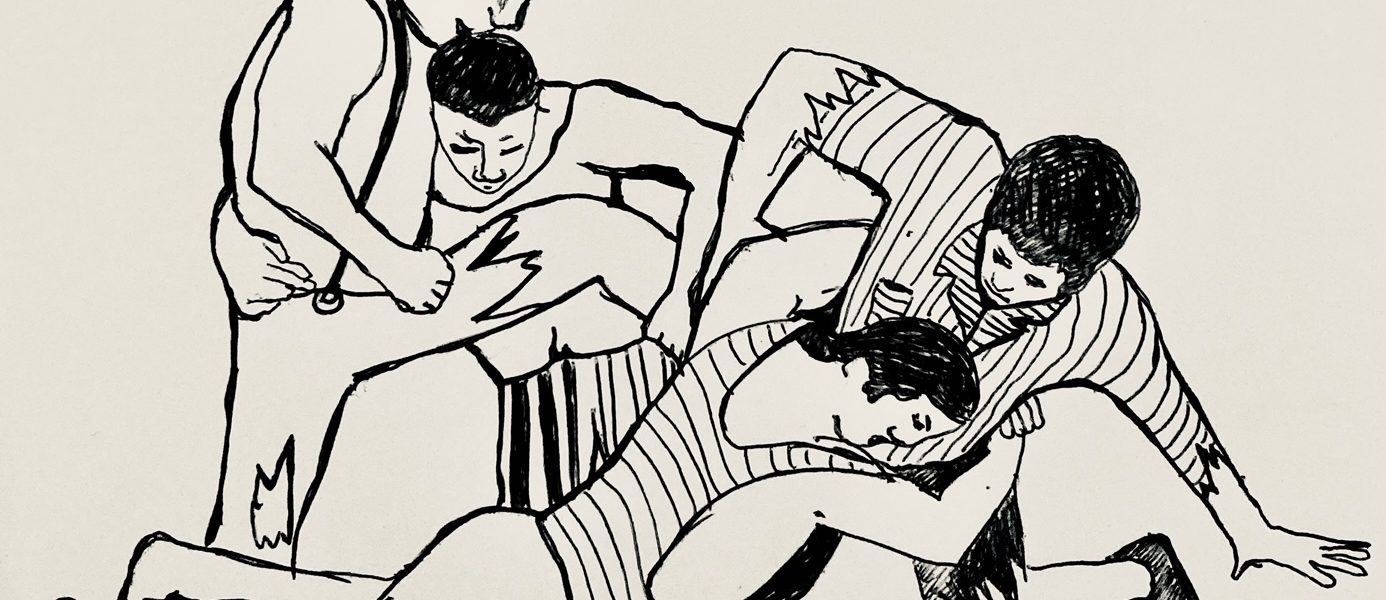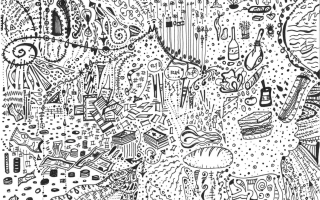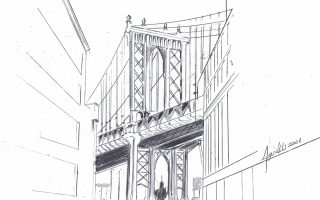by DOMENICA SANTOMAGGIO DIRAVIAM
Fabio Girelli-Carasi’s, Rope and Soap: Lynchings of Italians in the United States (the English translation of Patrizia Salvetti’s work intitled Corda e sapone: storie di linciaggi di Italiani negli Stati Uniti) and the documentary, Linciati: Lynchings of Italians in America in jointly provide an enlightened understanding of the episodes of lynching that victimized newly immigrated Italians between 1879 and 1910, upsetting the notion that this form of victimization was limited to the marginalized African American community and geographically restricted to the agricultural Deep South. The book and the film reveal that Italian immigrants were the second most targeted group subjected to this hate crime during the Civil War and Reconstruction Era and that lynchings are recorded in regions as far west as Colorado and as far north as Pennsylvania. Remarkably, only the most prominent incidences vaguely resonate in our ethnic consciousness. These documentations are essential in restructuring this fragment of the Italian diasporic experience.
“Lynch’s Law” ratified in Virginia in 1782 is the earliest documentation of lynching. The law was originally intended as a swift form of justice to rustlers who has stolen horses, but over time its interpretation was modified, and its implementation spread. Lynching evolved into “choreographic and spectacular” public affairs (Girelli-Carasi 5). The demonstrations lasted beyond the torture session, the victims’ dead bodies hanging ornamentally in the crowd commemorated in graphic photos and postcards for sale. Lynchings were not carried out as spontaneous acts of violence, but rather premeditated and organized form of terror intended to teach a lesson to a group by singling out an individual.
Each of the lynchings discussed in these two resources was instigated by unique circumstances, although the underlying commonality was the perpetrators’ inherent white supremist belief system. Salvetti cites historical and societal circumstances that shaped the hegemony’s perception of Italians as subhuman, violent, impulsive beings. Italians were eager and hard workers who were therefore a perceived threat to Americans and other immigrant groups for menial employment. Italian immigrants found the warmer climates of southern cities such as New Orleans particularly inviting for farming and they efficaciously filled the void created by the emancipation of slaves. Some migrants built thriving businesses based on the citrus trade between Sicily and the United States which encouraged the formation of ethnic enclaves and led to socio-political interest that upset the established political ideals. The subgroup of Italians who intended to reside in America temporarily did not invest in assimilating into the new culture and did not share the prejudices of the in-group. Their peaceful coexistence with African Americans and other subordinate immigrant groups was also perceived with suspicion. Lynching was the intimidation tactic adapted to keep the status quo intact; motivated by economic circumstances and justified by social Darwinism, it was intended to maintain the established political and social hierarchy.
Rope and Soap includes curated media references associated with the lynchings and the Linciati documentary displays dramatizations of reenactments and period artifacts. Direct quotes from local newspapers (e.g. The Rocky Mountain News, The Evening Post and the Seattle Press Times), Italian language media (e.g. Il Progresso Italo-Americano and L’Italo-Americano: Gazzetta Quotidiana della New Orleans), excerpts from Italian and American federal correspondences between Italian and American officials (e.g. FRUS and ASDMAE), and commentary from scholars and historians construct a timeline and support the narrative. The variety and extent of relevant media demonstrate that the events, obliterated from history curricula, were indeed documented, publicized, and culturally recognized at the time. In fact, publicized media related to lynchings bolstered mass hysteria against Italians and fashioned the stereotypes that are perpetuated to this day. In Blood of My Blood, the author Richard Gambino recalls the newspaper articles headlining Sicilians as “the descendants of bandits and assassins, who have transported to this country the lawless passions, the cut-throat practices, and the oath-bound societies of their native country, [they] are to us a pest without mitigation.” He further notes the interpretation that “Lynch law was the only course open to the people of New Orleans to stay the issue of a new license to the Mafia to continue its bloody practices…” (Gambino 281). This image of a mafioso vendetta was the pretext associated with the 1890 killing of the New Orleans police chief, that in turn claimed the lives of eleven Italian immigrants who were unjustly hanged for this crime. The correspondences between Italian and American dignitaries, in this case and the others in the book, describe the acrimonious relationship that developed as the United States government implicitly sanctioned these acts. The government sought to demonstrate that the victims were naturalized United States citizens, depriving the Italian government of the right to intervene in the matter, or offered indemnification to the victims’ families and washed their hands of the affair. Clearly these protocols the deletion of the events from public awareness indicate complicity on the part of the state and federal authorities in the egregious dehumanizing crimes against the Italian immigrant population.

In addition to chronicling nationwide lynching events of Italian immigrants, Rope and Soap also details nine examples of potential lynchings which were thwarted due to luck or to the timely intervention of sympathetic and just authorities. The historical timeline ends in 1910 with the examination of the last lynchings of Italians, in Tampa, Florida. The scenario unfolded around the shooting of a cigar factory’s bookkeeper during a worker strike. He was quick to accuse two Italian workers, although he admitted to not having seen the shooter. The two suspects were both imprisoned only for hours. During a transport to an alternate detainment facility, they were ambushed by a mob, taken away, killed and hanged with a warning sign affixed to their clothing to be aware because the others would also be found and face the same destiny. No perpetrator was ever identified in this lynching, and the case remains unresolved.
An interviewee in the documentary film recounted memories from his great uncle Rosalino’s letters. The relative had emigrated to New Orleans in the late 1800s and shared with his remaining family members in southern Italy that, “Qui in America il pane è molle ma la vita è dura.” Although lynching is no longer a form of violence that plagues this ethnic group, oppression in our current climate persists. It is still motivated by perceptions based on appearance and misinterpreted cultural behaviors. It would behoove society to reference these narratives of the past as pedagogical tools rather than suppress them from our collective memory.
Works cited
Gambino, Richard. Blood of My Blood; the Dilemma of the Italian-Americans. Doubleday, 1974.
Hartley, M H, Carla Matero, and Peter D. Buck. Linciati: Lynchings of Italians in America: A Documentary. Lanham, MD: National Film Network, 2004.
Salvetti, Patrizia. Rope and Soap: Lynchings of Italians in the United States. Translated by Fabio Girelli-Carasi. Bordighera Press, 2017.
(On the cover: illustration by Simona Damiani)




